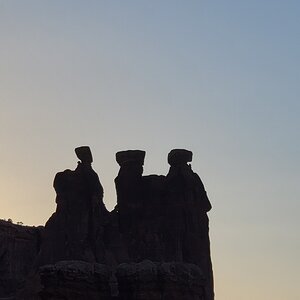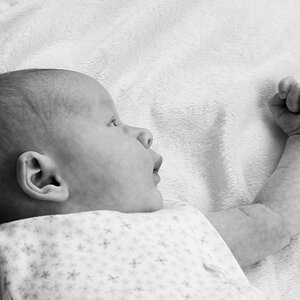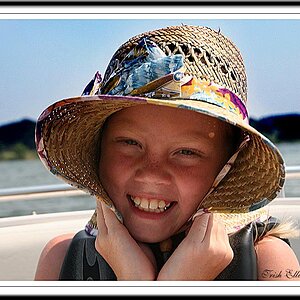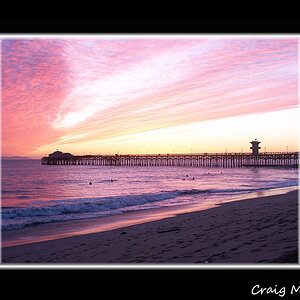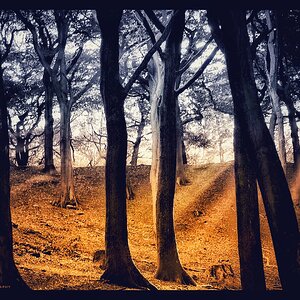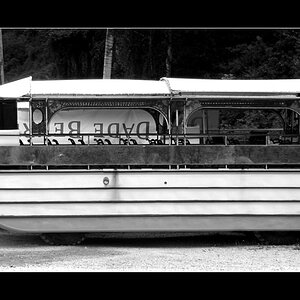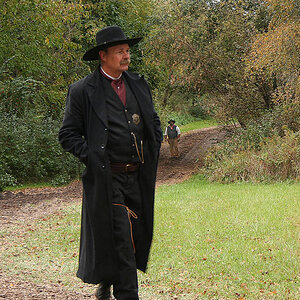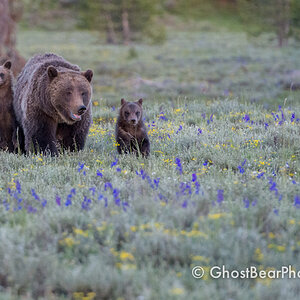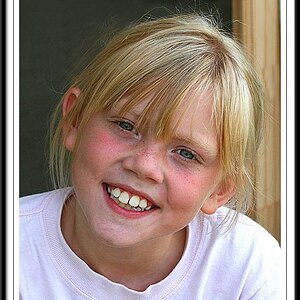- Joined
- Oct 3, 2013
- Messages
- 11,518
- Reaction score
- 4,788
- Location
- Louisville, Nebraksa - United States
- Can others edit my Photos
- Photos OK to edit
That is a FALSE STATEMENT. The v1 is a FX lens. It also has a slightest advantage in the center over the v2 whereas the v2 has the better edges.
I suppose if one wants to be hyper-technical it is technically an FX lens , though no one who has ever shot one on an FX body and compared the results between the VRI and the VRII would ever, under any circumstances, recommend you purchase one for an FX body.
While the VRI version does appear to work fantastic for DX bodies, on FX bodies pretty much every single person I've ever spoken with and every single review ever written in which the lens is tested on an FX body and compared to the VRII recommends you forgo the VRI for the VRII
So, is that enough of a pound of flesh? Have I properly appeased the camera gods?


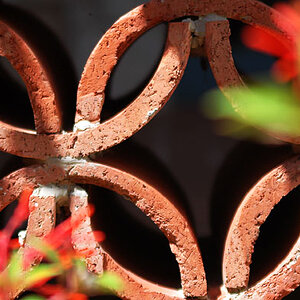
![[No title]](/data/xfmg/thumbnail/31/31749-6cf0f99d6bdedf47f7387c5b943fb717.jpg?1619734989)
![[No title]](/data/xfmg/thumbnail/42/42461-e2a94a39b9483a804af86010fc52244b.jpg?1619740192)
